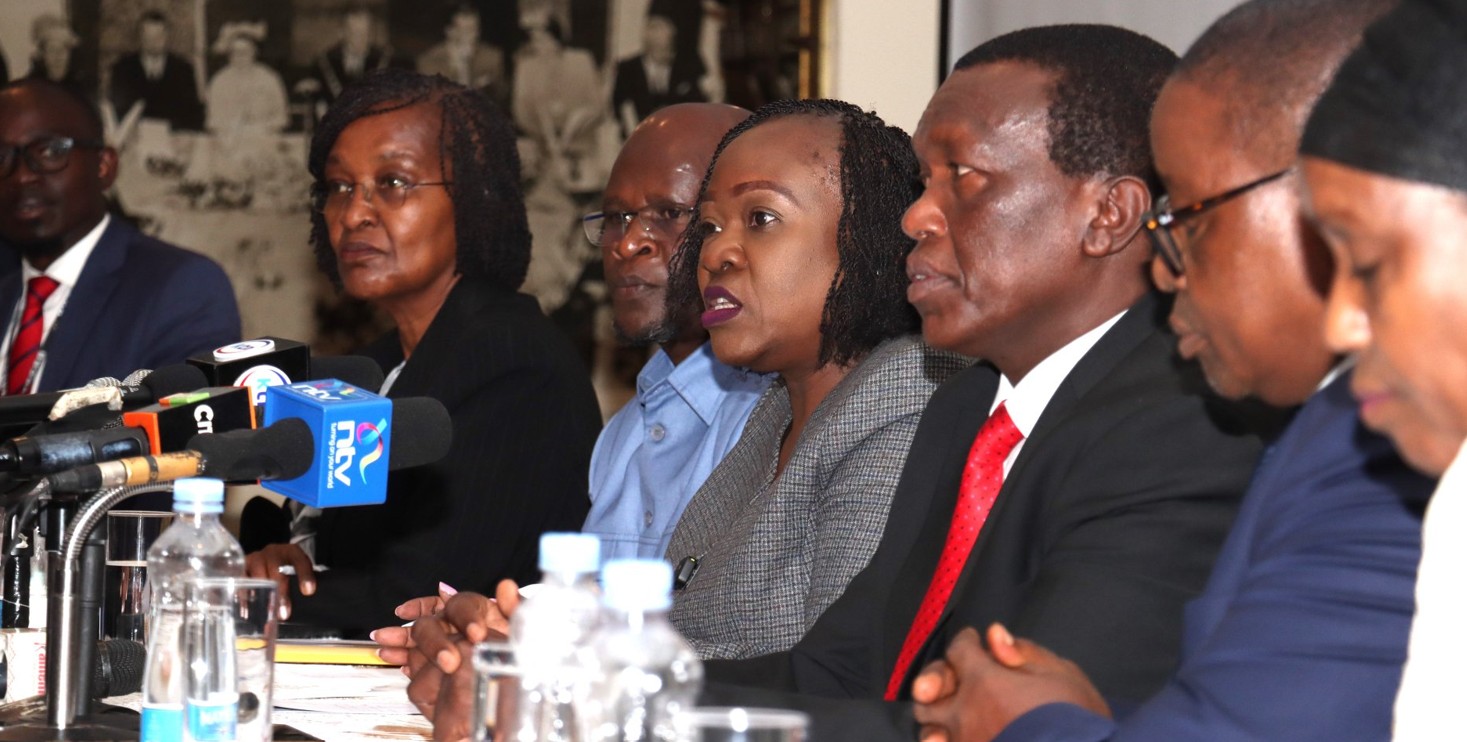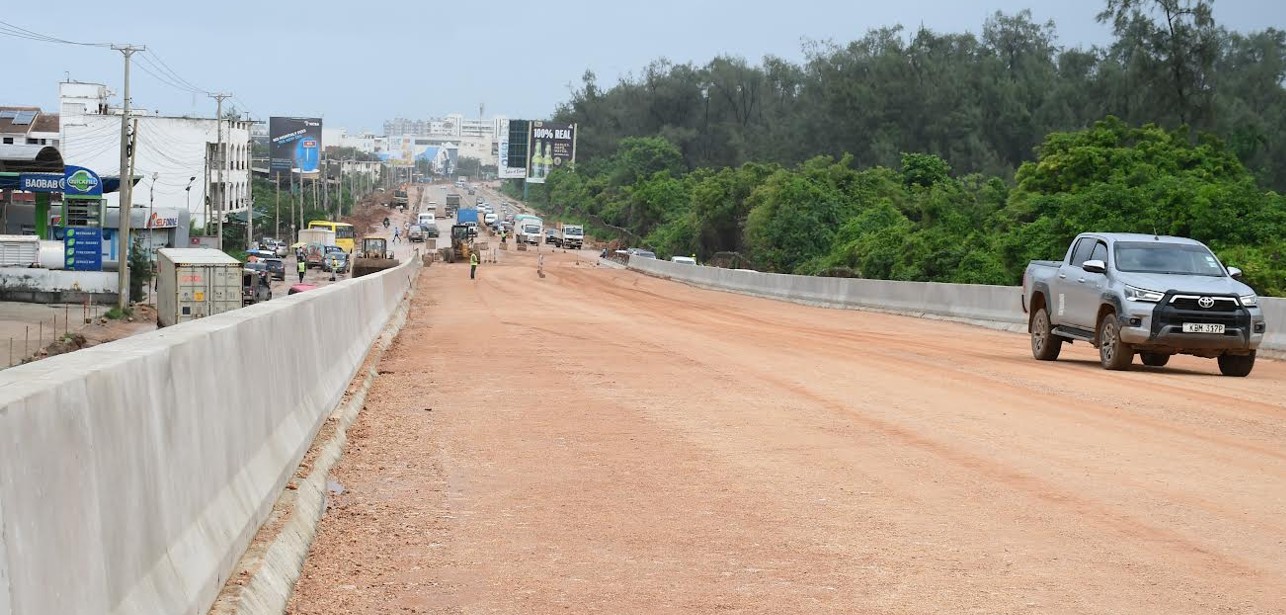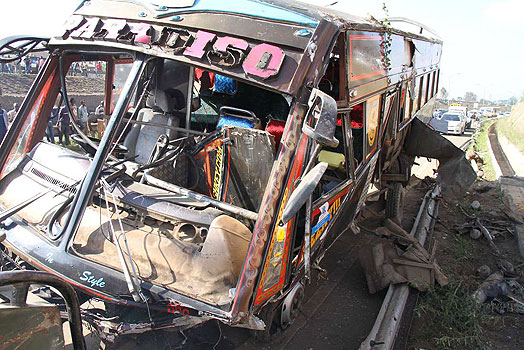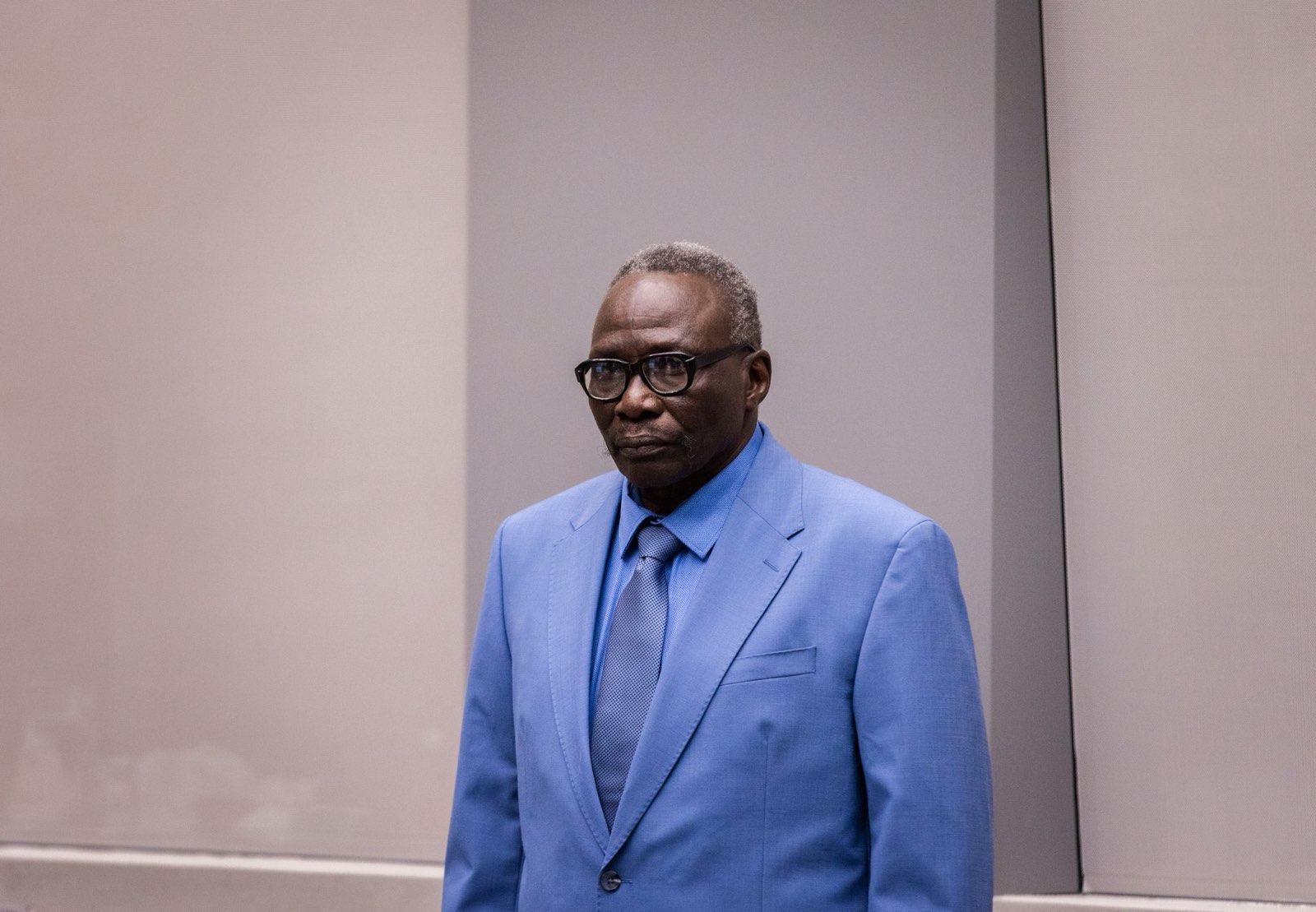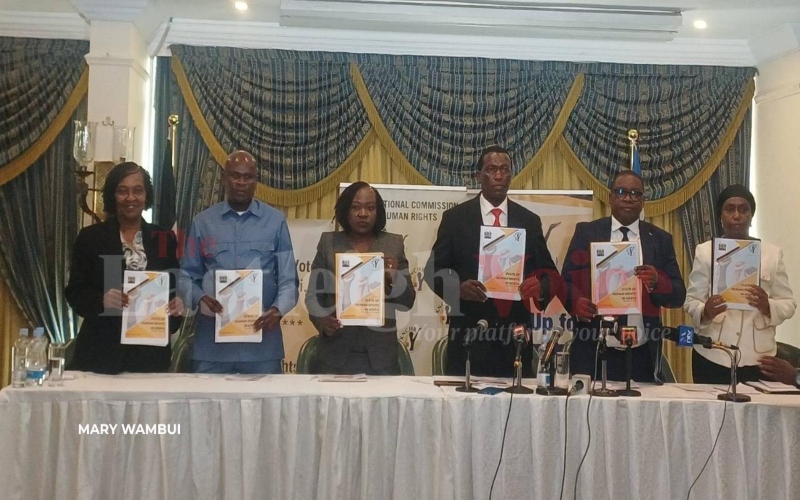Mombasa’s road safety overhaul: Multi-agency crackdown brings order to chaotic streets
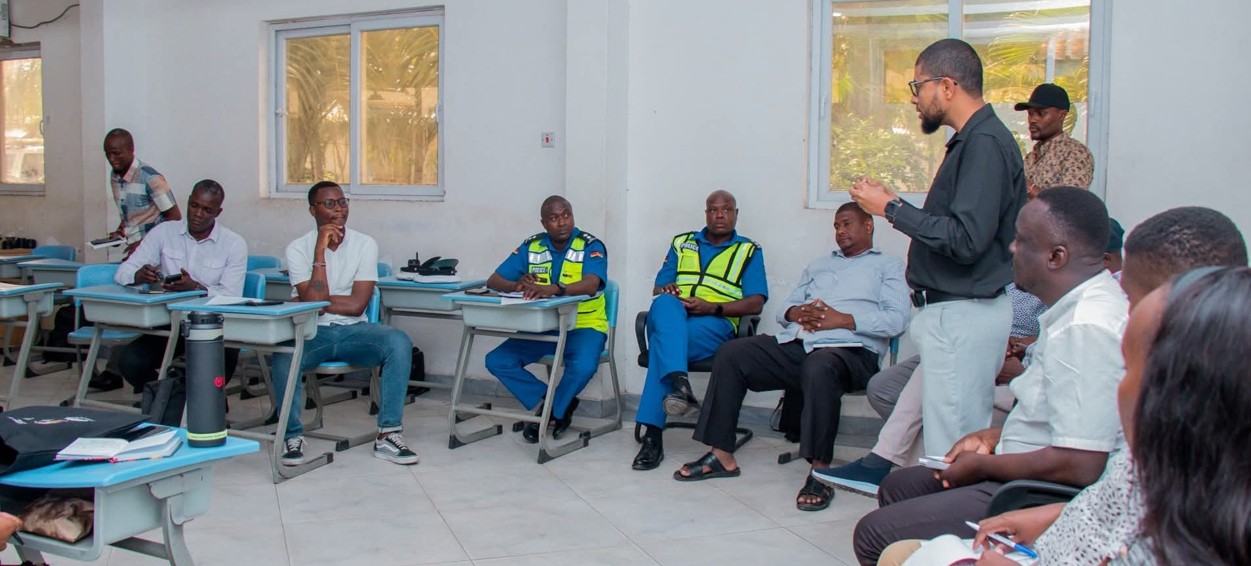
The initiative, driven by collaboration between the county government, road agencies, development partners, and civil society, is reshaping daily life in Kenya’s second-largest city.
For years, navigating Mombasa’s chaotic roads felt like a gamble. Tuk-tuks darted unpredictably through traffic, pavements doubled as makeshift markets, and road accidents were a daily occurrence.
Today, a coordinated multi-agency road safety campaign is slowly rewriting that story—bringing order to the coastal city’s streets and restoring a sense of safety for pedestrians, motorists, and cyclists alike.
More To Read
- KeNHA orders removal of illegal structures, unapproved billboards along highways
- MPs fault State officers over mismanaged road projects
- Senate summons CS Chirchir over 13-year road functions deadlock
- Ngong Road users warned of daily diversions near Junction Mall until December 10
- MPs push back against Sh10 million road fund cut per constituency
- Treasury reveals Sh30 billion paid to fund road projects across Kenya
The initiative, driven by collaboration between the county government, road agencies, development partners, and civil society, is reshaping daily life in Kenya’s second-largest city.
Officials acknowledge there is still much to be done, but visible progress is clear: dormant traffic lights are working again, pavements are being reclaimed for pedestrians, and enforcement against reckless driving is intensifying.
“It used to feel dangerous just crossing the road to buy groceries. Drivers would ignore the lights, and traders blocked every walkway. Now I feel my children are safer walking to school,” said Fatuma Ali, a mother of three.
Under strict surveillance
Key intersections such as Saba Saba and Buxton—once notorious for congestion and accidents—are now under strict surveillance, with traffic lights reactivated after more than a decade of disuse. Enforcement teams are also actively monitoring compliance with traffic regulations.
For boda boda rider Juma Mwinyi, the changes have transformed how he works. “Before, we had to weave through traders and pedestrians. It was risky and chaotic. Now, the roads are clearer, and even we riders are more cautious. Everyone is adjusting.”
Taxi driver Ahmed Hassan welcomes the enforcement but wants more done. “Some tuk-tuk drivers still ignore rules and speed through junctions. Until there is stricter punishment, a few will continue putting lives at risk.”
To complement enforcement, authorities are planning a citywide awareness drive in December targeting motorists, pedestrians, and school communities.
“Road safety is now a permanent part of our budget. We are prioritising awareness campaigns, infrastructure upgrades, and we have drafted a road safety policy awaiting approval by the County Assembly,” said Dan Manyala, Mombasa’s County Executive for Transport.
Pedestrian walkways
Infrastructure improvements are visible across the city. Pedestrian walkways are being rebuilt, cycling lanes are emerging in Nyali, and safety markings—especially near schools—are being refreshed. Traders encroaching on pavements and zebra crossings have been evicted to allow safe passage for pedestrians.
“These spaces are not markets; they are lifelines. We are clearing all obstructions so that people can walk without fear,” said Manyala.
The county is also cracking down on utility companies and service providers that leave roads damaged after maintenance works.
“Such negligence will no longer be tolerated. Roads must be restored properly,” he added.
Engineer Ali Shariff, Chief Officer in the Department of Transport, said a dedicated cycling lane along Links Road is under construction to support non-motorised transport. “We are building a system that serves all users, not just drivers,” he noted.
Officials are also preparing to introduce instant electronic fines for traffic offences, ensuring immediate penalties and discouraging repeat violations.
However, experts caution that improved infrastructure alone will not solve the problem without changes in public behaviour. Vipul Patel from the Bloomberg Initiative for Global Road Safety (BIGRS) said poor driving culture remains one of Mombasa’s biggest challenges. “We must change our attitudes. Authorities, drivers, and pedestrians need to share responsibility for safety,” he said.
Diana Laboso from the Global Designing Cities Initiative (GDCI) added that protecting children remains a top priority. “We are redesigning spaces around schools to make sure children can walk without risk,” she said.
Meanwhile, Abdulhakim Makarani from the Kenya Urban Roads Authority (KURA) confirmed that the final section of Links Road—a key artery for city traffic—will be completed by December, easing congestion and improving mobility.
Kevin Ismael, communication coordinator at BIGRS, said the campaign will partner with media houses to amplify road safety messaging. “The goal is prevention, not reaction. If people understand the risks and consequences, we can avoid tragedies before they happen.”
Top Stories Today
